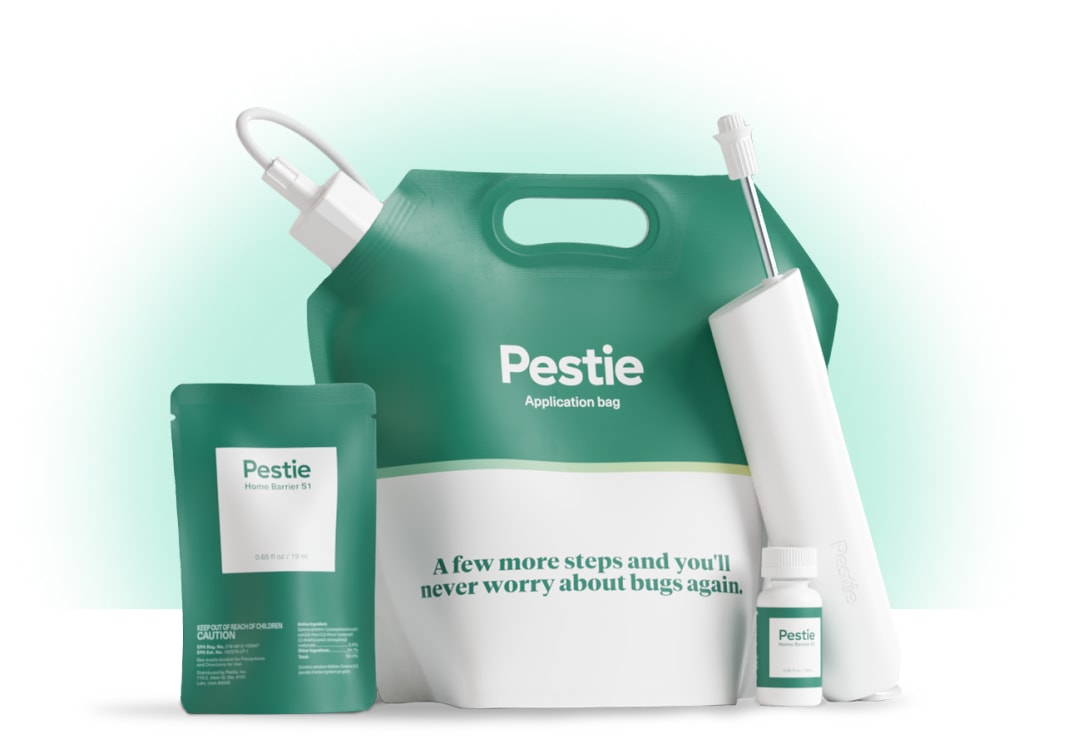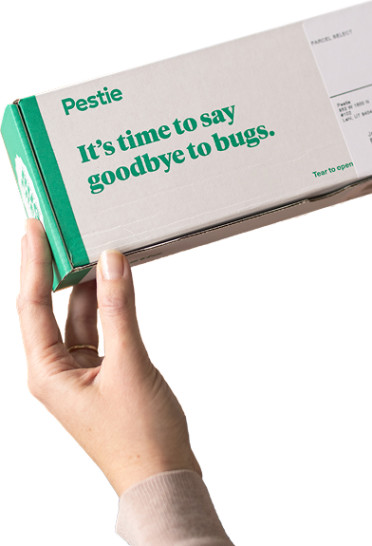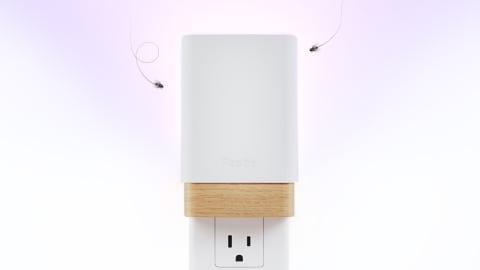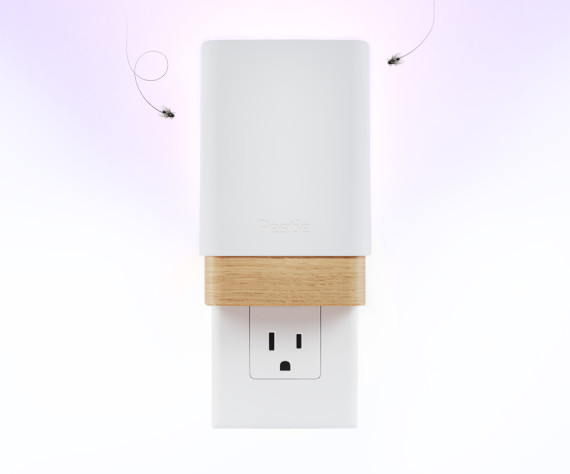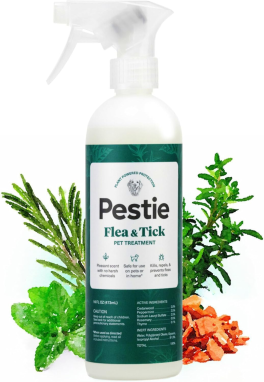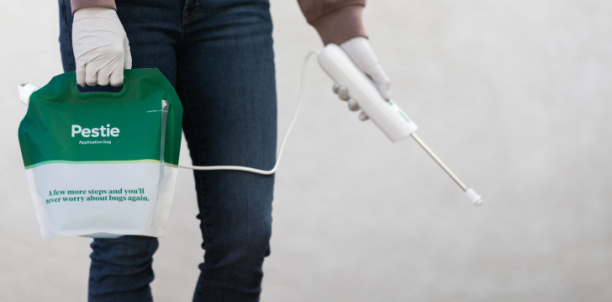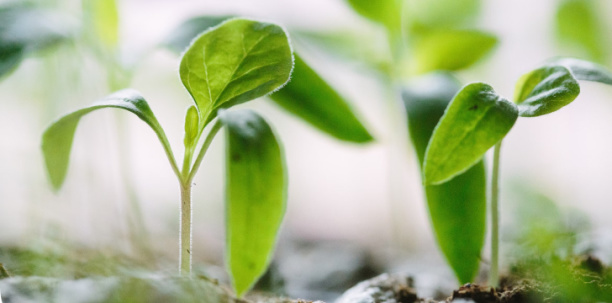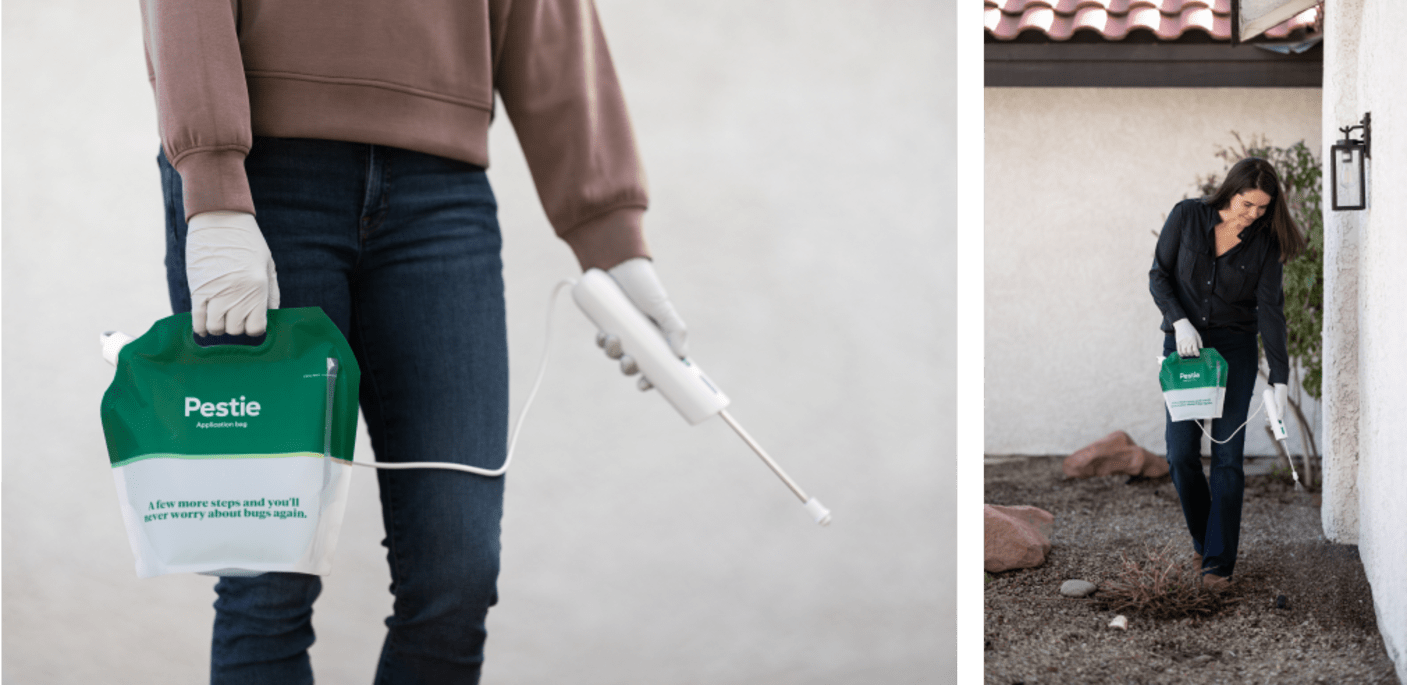How to identify and get rid of plant bugs
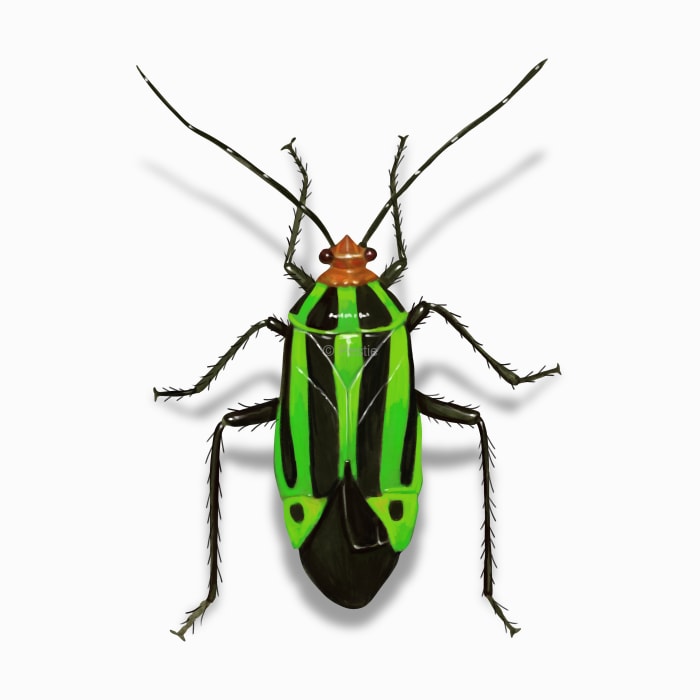
Bugging out: effective methods to keep plant bugs at bay
Sometimes, no matter what we do in our garden or yard, there's always something looking for a snack on our favorite plants. Plant bugs are one of those pests that can turn your healthy garden into their own private dining room.
These small, often green or brown bugs might not seem like much, but they can be quite the headache for anyone trying to keep their garden or houseplants clean and healthy. While they're not out to harm us, they sure do have an appetite for our plants.
Plant bugs belong to the diverse family Miridae. There are over 2,000 different species of plant bugs in the United States, and they come in a wide variety of sizes and colors.
These true bugs will insert their beaks to pierce into plants and inject a cocktail of enzymes via their saliva. The enzymes turn the plant into a slushie that the plant bugs then suck up. This allows them to get more nutrients than just relying on plant sap. They have been seen feeding on over 300 different plants. Their feeding can cause damage to the plant or its fruit.
But not every species is a plant-guzzling pest. Some plant bugs feed on other pests like aphids or thrips, helping keep your plants healthy.
How to identify plant bugs
Despite their diversity, plant hoppers are relatively easy to identify. One of the best ways to determine if you have a plant bug is to look at it from the side. You should notice that the wing tip bends down at a slant.
Additionally, they will have long antennae and no ocelli or tiny eyes between their larger eyes.
How big are plant bugs?
Plant bugs typically grow to be about ⅛ to ¼ inch long.
What other pest looks like a plant bug?
Plant bugs sometimes resemble other true bugs, such as ambush bugs, assassin bugs, or minute pirate bugs.
For plant bugs, look for the slanted/bent wing shape.
Where do plant bugs live?
Plant bugs are found all over the United States. Look for them underneath leaves, on new growth, or hanging out on stems.
How to get rid of plant bugs
It can be frustrating to see plant bugs damaging your favorite plants. Luckily, there are a few ways to control them without turning to harsh chemicals.
- Control weeds – these can be a safe place for plant bugs to hide and reproduce
- Sticky boards – use these to trap and monitor for plant bugs
- Encourage natural predators – don't spray insecticides that could kill predatory insects
- Remove damaged plants in the fall – Plant bugs will lay their eggs here
If you want to keep plant bugs from invading your home, consider spraying an insect barrier around your property. Check out Pestie's DIY solution for a better way to save on your pest control efforts
Treat plant bugs with Pestie
If you're still having trouble keeping plant bugs away, the best option is to use a pro-grade, effective pest control solution like Pestie.
Pestie is a do-it-yourself pest control solution that's specially designed to keep plant bugs and other pests away from your home.
With Pestie, you can rest easy knowing that your living space is protected and free of creepy crawlies. And the best part? It's designed for people, pets, and the planet, so you can say goodbye to harsh chemicals and hello to peace of mind!
- Save hundreds compared to traditional annual pest plans
- People, pet, and planet-friendly
- Pro-grade customized formulas
Quick facts
- Scientific name
Miridae
- Other common names
Leaf Bugs, Grass Bugs, Capsid Bugs, Mirid Bugs
- Colors
Black, green, red, striped
- Life span
1-2 months
- Diet
Plant tissues – over 300 different plants
How dangerous are Plant Bugs?
Low danger risk
Plant bugs are not harmful to humans but can cause significant damage to ornamental and vegetable plants.
Certain plant bug species change color with the seasons. This color shift, often from green to brown, helps them blend into their surroundings year-round.
